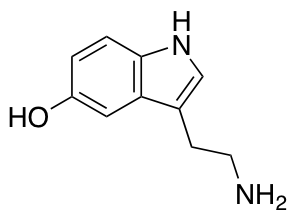
-
5-羟基色胺
- names:
5-Hydroxytryptamine
- CAS号:
50-67-9
MDL Number: MFCD00055054 - MF(分子式): C10H12N2O MW(分子量): 176
- EINECS:200-058-9 Reaxys Number:
- Pubchem ID:5202 Brand:BIOFOUNT
| 货品编码 | 规格 | 纯度 | 价格 (¥) | 现价(¥) | 特价(¥) | 库存描述 | 数量 | 总计 (¥) |
|---|---|---|---|---|---|---|---|---|
| LSH53225-1g | 1g | 95% | ¥ 9800.00 | ¥ 9800.00 | 1-2周 | ¥ 0.00 | ||
| LSH53225-500mg | 500mg | 95% | ¥ 7335.00 | ¥ 7335.00 | 1-2周 | ¥ 0.00 | ||
| LSH53225-100mg | 100mg | 95% | ¥ 2445.00 | ¥ 2445.00 | 1-2周 | ¥ 0.00 | ||
| LSH53225-20mg | 20mg | 95% | ¥ 815.00 | ¥ 815.00 | 2-3days | ¥ 0.00 |
| 中文别名 | 5-羟基色胺(50-67-9,5-Hydroxytryptamine);3-(2-氨乙酸)吲哚;Β-谷甾醇;Β-食物固醇;5-羟基色胺吲哚;3-(2-氨基乙基)吲哚-5-醇 |
| 英文别名 | 5-Hydroxytryptamine(50-67-9);3-(2-Aminoethyl)-1H-indol-5-ol;3-(2-Aminoethyl)-5-hydroxyindole;Enteramine;Thrombocytin |
| CAS号 | 50-67-9 |
| SMILES | c1cc2c(cc1O)c(c[nH]2)CCN |
| Inchi | InChI=1S/C10H12N2O/c11-4-3-7-6-12-10-2-1-8(13)5-9(7)10/h1-2,5-6,12-13H,3-4,11H2 |
| InchiKey | QZAYGJVTTNCVMB-UHFFFAOYSA-N |
| 分子式 Formula | C10H12N2O |
| 分子量 Molecular Weight | 176 |
| 闪点 FP | 205.4±24.6 °C |
| 熔点 Melting point | 167.5 °C |
| 沸点 Boiling point | 416.1±30.0 °C at 760 mmHg |
| Polarizability极化度 | 21.2±0.5 10-24cm3 |
| 密度 Density | 1.3±0.1 g/cm3 |
| 蒸汽压 Vapor Pressure | 0.0±1.0 mmHg at 25°C |
| 溶解度Solubility | |
| 性状 | 白色固体粉末 |
| 储藏条件 Storage conditions | storage at -4℃ (1-2weeks), longer storage period at -20℃ (1-2years) |
5-羟基色胺(50-67-9,5-Hydroxytryptamine)毒理属性测试:
| 生物 | 测试类型 | 路线 | 报告剂量(标准化剂量) | 影响 | 参考 |
|---|---|---|---|---|---|
| rat | LD50 | subcutaneous | 285 mg/kg (285 mg/kg) | Psychopharmacology Service Center, Bulletin., 2(17), 1963 | |
| rat | LD50 | intravenous | 30 mg/kg (30 mg/kg) | Psychopharmacology Service Center, Bulletin., 2(17), 1963 | |
| mouse | LD50 | oral | 60 mg/kg (60 mg/kg) | Meditsinskii Zhurnal Uzbekistana., (3)(61), 1985 | |
| mouse | LD50 | intraperitoneal | 160 mg/kg (160 mg/kg) | Indian Journal of Physiology and Pharmacology., 17(31), 1973 [PMID:4752049] | |
| mouse | LD50 | subcutaneous | 601 mg/kg (601 mg/kg) | BEHAVIORAL: SOMNOLENCE (GENERAL DEPRESSED ACTIVITY); BEHAVIORAL: ATAXIA; GASTROINTESTINAL: HYPERMOTILITY, DIARRHEA | Farmakologiya i Toksikologiya, 26(10), 1963 [PMID:13933320] |
5-羟基色胺(50-67-9,5-Hydroxytryptamine)实验注意事项:
1.实验前需戴好防护眼镜,穿戴防护服和口罩,佩戴手套,避免与皮肤接触。
2.实验过程中如遇到有毒或者刺激性物质及有害物质产生,必要时实验操作需要手套箱内完成以免对实验人员造成伤害。
3.取样品的移液枪头需及时更换,必要时为避免交叉污染尽可能选择滤芯吸头。
4.称量药品时选用称量纸,并无风处取药和称量以免扬撒,试剂的容器使用前务必确保干净,并消毒。
5.取药品时尽量采用多个药勺分别使用,使用后清洗干净后,烘干消毒存放。
6.实验后产生的废弃物需分类存储,并交于专业生物废气物处理公司处理,以免造成环境污染。
5-Hydroxytryptamine(50-67-9) Experimental considerations:
1. Wear protective glasses, protective clothing and masks, gloves, and avoid contact with the skin during the experiment.
2. The waste generated after the experiment needs to be stored separately, and handed over to a professional biological waste gas treatment company to avoid environmental pollution.
Tag:5-羟基色胺(50-67-9,5-Hydroxytryptamine),5-羟基色胺试剂,5-羟基色胺的产量,5-羟基色胺的纯度,5-羟基色胺的作用,5-羟基色胺的外观,5-羟基色胺的溶解度,5-羟基色胺的注意事项,5-羟基色胺的储存条件,5-羟基色胺的MSDS,5-羟基色胺的价格,5-羟基色胺的合成路线
| 产品说明 | 5-羟基色胺(50-67-9,5-Hydroxytryptamine)仅做科学研究以及化学合成中间体使用,50-67-9其他参数见主页 |
| Introduction | 5-Hydroxytryptamine (50-67-9,5-羟基色胺) is only used for scientific research and chemical synthesis intermediates. For other parameters of 50-67-9, see the homepage |
| Application1 | 5-羟基色胺具有人类代谢物,小鼠代谢物和神经递质的作用。 |
| Application2 | |
| Application3 |
| 警示图 | |
| 危险性 | warning |
| 危险性警示 | No data available |
| 安全声明 | H303+H313+H333 |
| 安全防护 | P264+P280+P305+P351+P338+P337+P313 |
| 备注 | 实验过程中防止吸入、食入,做好安全防护 |
| 象形图 |   |
|---|---|
| 信号 | Danger |
| GHS危险说明 |
H301 (100%): Toxic if swallowed [Danger Acute toxicity, oral] H361 (99.48%): Suspected of damaging fertility or the unborn child [Warning Reproductive toxicity] |
| 防范说明代码 |
P201, P202, P264, P270, P281, P301+P310, P308+P313, P321, P330, P405, and P501 (The corresponding statement to each P-code can be found at the GHS Classification page.) |
| Changes in extracellular 5-HIAA concentrations as measured by in vivo microdialysis technique in relation to changes in 5-HT release(Psychopharmacology,2004) |
| Extracellular serotonin in the prefrontal cortex is limited through terminal 5-HT1B autoreceptors: a microdialysis study in knockout mice(Psychopharmacology,2002) |
| Common clinical manifestations of serotonin deficiency and intoxication syndrome(Bulletin of Experimental Biology and Medicine,1997) |
| The regulation of 5-hydroxytryptamine release from superfused synaptosomes by 5-hydroxytryptamine and its immediate precursors(Neurochemical Research,1983) |
| Autoreceptors can modulate 5-hydroxytryptamine release from porcine and human small intestine in vitro(Naunyn-Schmiedeberg's Archives of Pharmacology,1998) |
1.The central serotonin
Devroye C;Cathala A;Piazza PV;Spampinato U Pharmacol Ther. 2018 Jan;181:143-155. doi: 10.1016/j.pharmthera.2017.07.014. Epub 2017 Jul 27.
The serotonin;2B; receptor (5-HT;2B;R), which was first cloned and characterized in the rat stomach fundus, is the most recent addition to the 5-HT;2;R family. While its involvement in the regulation of gastrointestinal, vascular, pulmonary and cardiac physiology has been widely investigated, its functional role within the central nervous system (CNS) has received much less attention. Nevertheless, when considering the data available in the literature with regards to the regulatory control exerted by the central 5-HT;2B;R on dopamine (DA) and serotonin (5-HT) neuron activity, a very interesting picture emerges and highlights the key role of these receptors for future therapeutic strategies of DA-related neuropsychiatric disorders. Thus, the present review, by compiling molecular, biochemical, electrophysiological and behavioral findings from the literature of the past twenty years, aims at providing a sound analysis of the current knowledge supporting the interest of the central 5-HT;2B;R for future therapeutic avenues. First, we recall the neuroanatomical and functional data supporting the therapeutic relevance of the 5-HT/DA interaction in the CNS. Thereafter, after a short overview of the central expression and molecular properties of the 5-HT;2B;R, as well as of the 5-HT;2B;R agonists and antagonists available in the market, we will focus on the functional role of this receptor in the control of 5-HT, DA and neuroglia activity in the rodent brain.
2.[Inhibition of 8-OH-DPAT on spontaneous unit discharges of 5-hydroxytryptamine inhibitory unit in rat primary somatosensory cortex].
Chen ZL;Liu GQ;Li XJ;Chen PX Zhongguo Ying Yong Sheng Li Xue Za Zhi. 2006 Feb;22(1):106-8.
AIM: ;To investigate the effect of 5-hydroxytryptamine (5-HT) on spontaneous unit discharges of primary somatosensory cortex (SI-SUD) and the role of 5-HT1A receptor in 5-HT inhibitory effect on SI-SUD in rat.;METHODS: ;The SI-SUD was recorded before and during microiontophoresis of 5-HT and 8-OH-DPAT (the selective agonist for 5-HT1A receptor. The changes of mean of interspike interval (MISI) of SI-SUD were analysed and handled with the statistics.;RESULTS: ;(1) Effects of 5-HT on SI-SUD may be inhibitory (48/96), excitatory (26/96) or non-responsive (22/96), and the major effect is inhibitory. (2) In 20 of 5-HT inhibited units, 17 are also inhibited with microiontophoresis of 8-OH-DPAT, but 3 have no obvious response to 8-OH-DPAT.;CONCLUSION: ;The major effect of 5-HT on SI-SUD is inhibitory. In majority of 5-HT inhibited units, 5-HT1A receptor may be existence, which may involve in the inhibition of 5-HT on SI-SUD.
3.Antidepressants differentially affect striatal amphetamine-stimulated dopamine and serotonin release in rats with high and low novelty-oriented behaviour.
O'Leary A;Kõiv K;Raudkivi K;Harro J Pharmacol Res. 2016 Nov;113(Pt B):739-746. doi: 10.1016/j.phrs.2016.02.003. Epub 2016 Feb 24.
In the studies of depression pathogenesis and antidepressant action, the monoaminergic hypothesis of depression has mainly focused on the serotonergic and noradrenergic mechanisms. However, dopaminergic neurotransmission is also linked to both depressive symptomatology as well as antidepressant effects. We have previously shown that persistent inter-individual differences in the rat behavioural activity in novel environments is associated with differences in the striatal extracellular levels of dopamine and serotonin, depressive-like behaviour and the expression of several depression-related genes. The aim of the current study was to investigate the relative potency of the tricyclic antidepressant imipramine, the selective serotonin re-uptake inhibitor fluoxetine, and the selective noradrenaline re-uptake inhibitor reboxetine (all drugs administered in the dose of 10mg/kg, i.p.) to enhance amphetamine-stimulated dopamine and serotonin release in the striatum using in vivo microdialysis in awake, freely-moving rats, categorized into high explorers (HE) and low explorers (LE) based on their spontaneous novelty-oriented behaviour. The basal extracellular dopamine and serotonin concentration in the striatum did not differ between the LE- and HE-rats.
- 相关产品
-
< >
- 推荐产品
-
< >
- 最新产品
-
< >
新闻
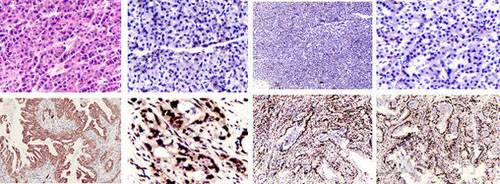
怎么做细胞爬片免疫组化染色实验
细胞爬片免疫组化染色,是通过细胞爬片是让玻片浸在细胞培养基内,细胞在玻片上生长,主要用于组织学,免疫组织化学...
2020/7/20 22:04:33
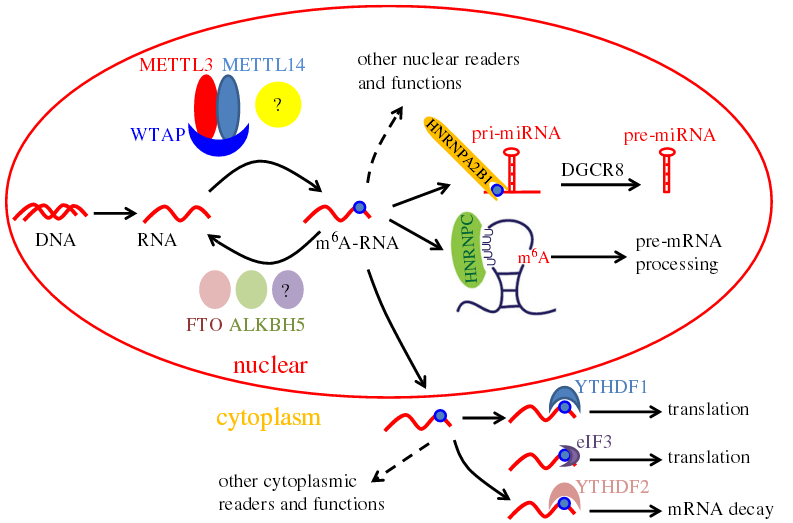
提取病毒RNA的实验方法
提取病毒RNA方法分别有:异硫氰酸胍的提取病毒RNA方法、TRIzol LS提取法、Trizol法提取法等等...
2020/7/22 20:29:26
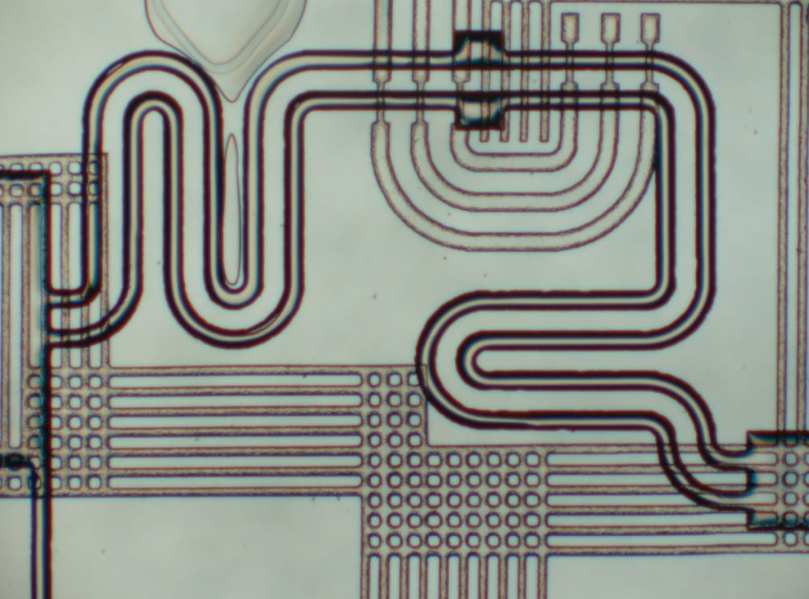
各种微流控芯片键合方法的优缺点
微流控芯片键合:目前主要有激光焊接、热压键合、胶键合、超音波焊接,每种方法都有各自的优缺点。本文主要介绍聚酯...
2023/7/28 10:43:09
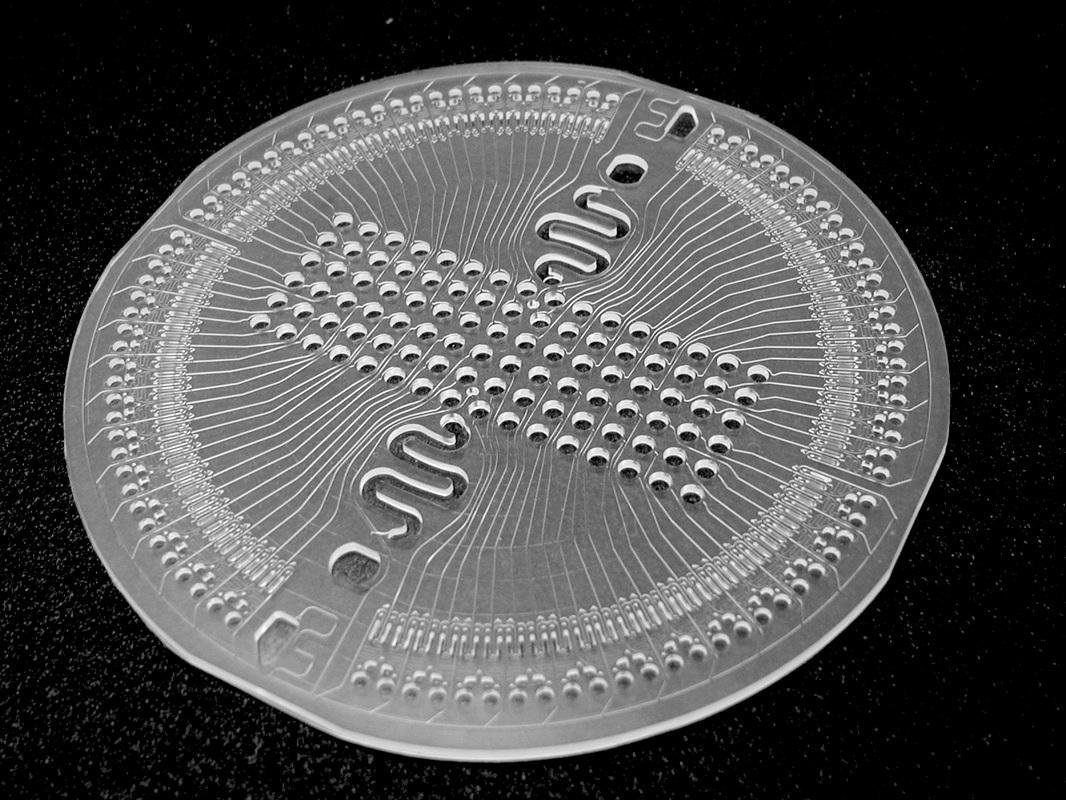
新一代微流控键合解决方案
微流控键合解决方案:微流控芯片制造的一个重要环节,也是最容易被忽视的--芯片键合。其中一个重要因素是:微流控...
2023/7/27 12:44:28
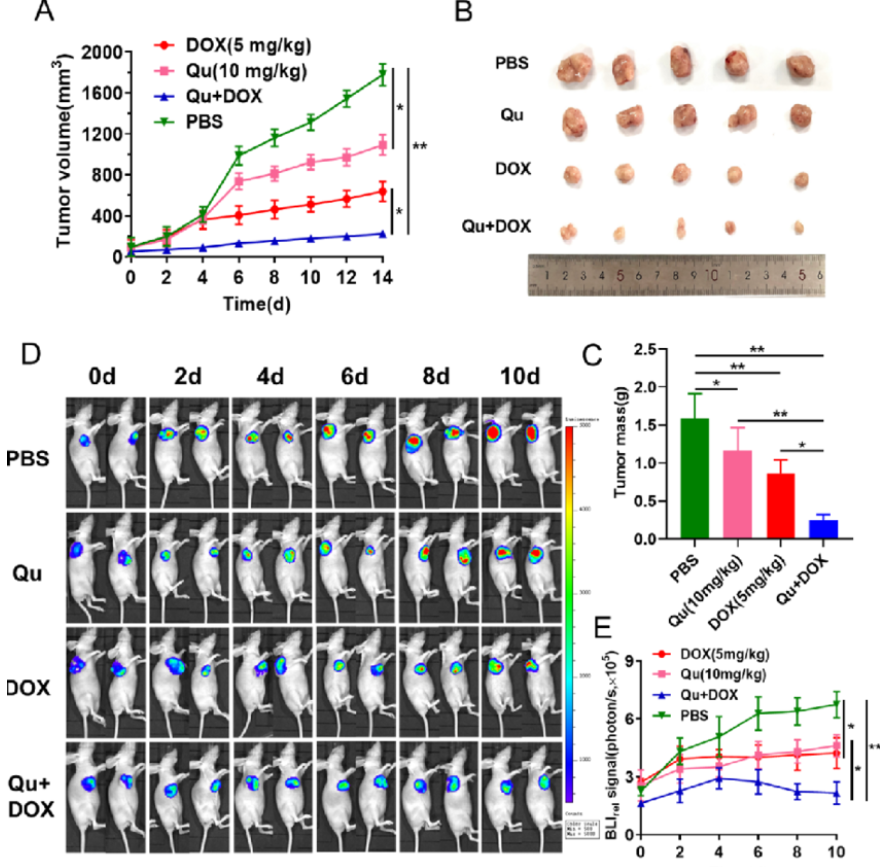
荧光素钾盐使用说明
D-荧光素钾盐(K+)设计用于体外和体内生物发光测定。D-荧光素的质量和纯度对于获得良好和可重复的结果至关重...
2023/7/20 11:05:11
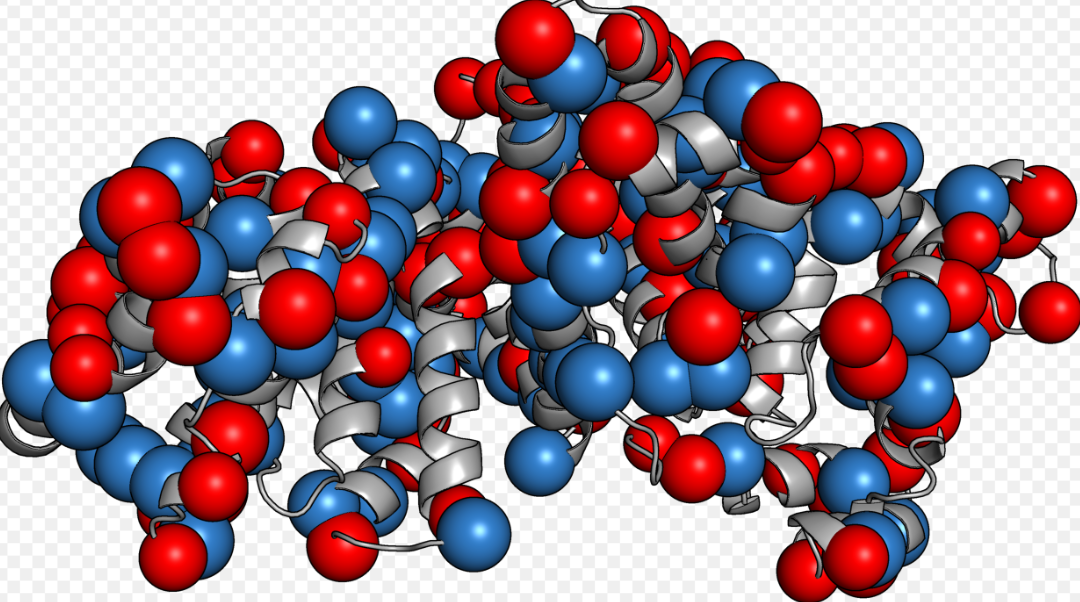
如何选BSA(牛血清白蛋白)
如何选BSA(牛血清白蛋白):牛血清白蛋白(BSA)有多种形式,如何选择适合自己的牛血清白蛋白(BSA)是一...
2023/2/14 13:09:18

牛血清白蛋白(BSA)常见问题
牛血清白蛋白(BSA)常见问题:牛血清白蛋白(BSA)在实验室中是通用的,可用于蛋白质印迹、细胞组织培养、P...
2022/10/19 9:39:51

pubmed使用方法(技巧)
pubmed使用方法(技巧):PubMed是一个关于医学问题的学术文章和书籍的数据库。因为它是一份学术期刊,...
2022/10/18 18:06:07

BSA(牛血清白蛋白)
BSA(牛血清白蛋白):牛血清白蛋白(BSA)是一种球状蛋白质,牛血清白蛋白(BSA)是发现于牛血浆中的主要...
2022/10/18 16:48:12
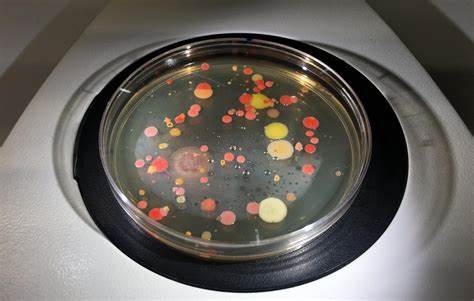
冻干培养细菌的方法
冻干培养细菌的方法:冷冻干燥,也称为冻干或冷冻干燥,是在产品冷冻后除去水分并将其置于真空中的过程。这使得冰可...
2022/10/16 8:27:31




 购物车
购物车 



